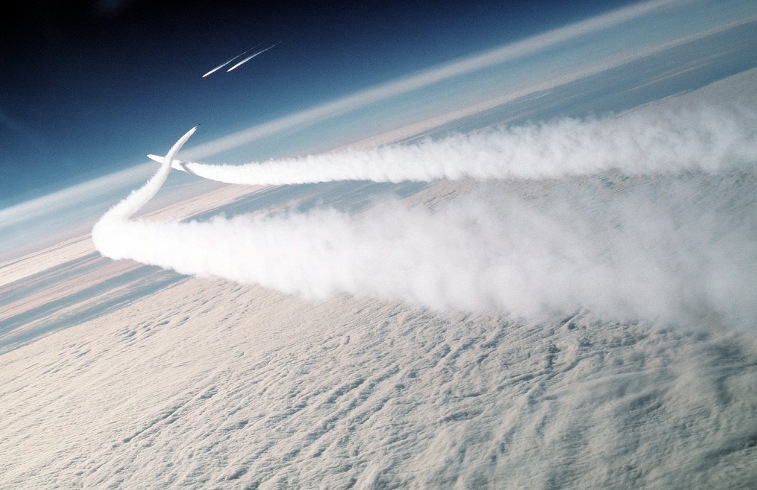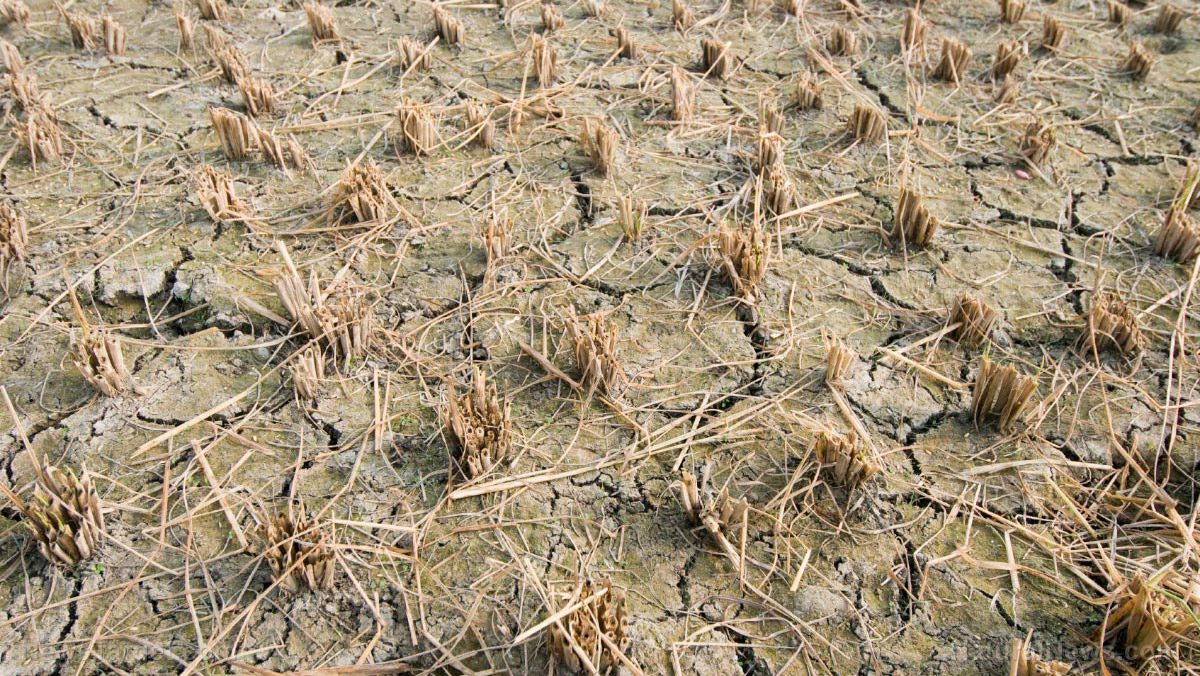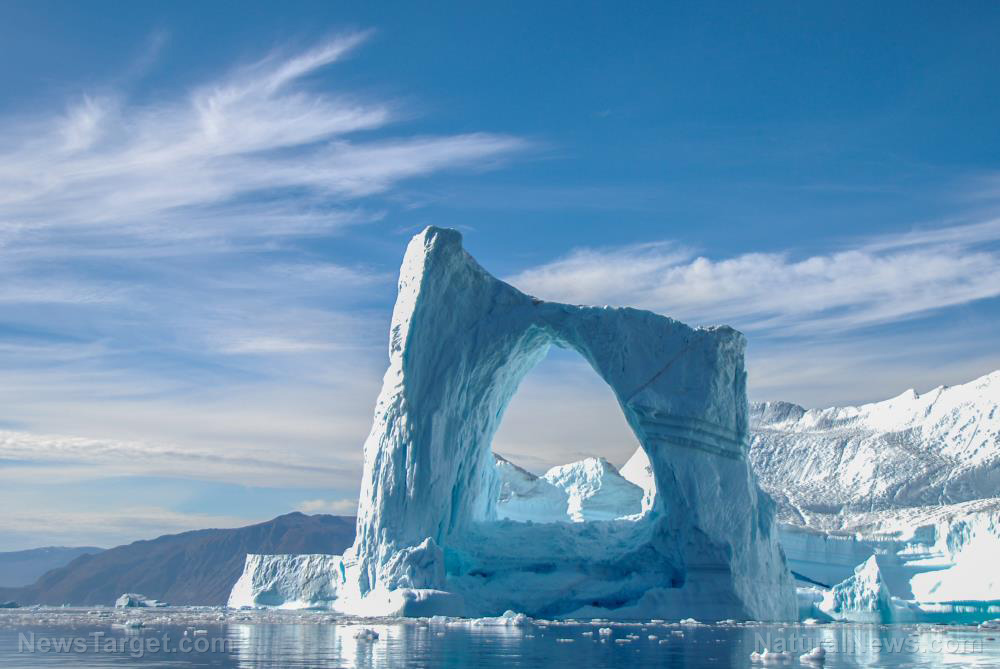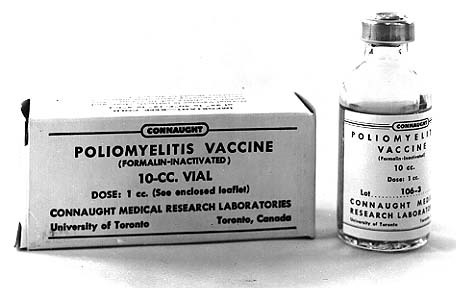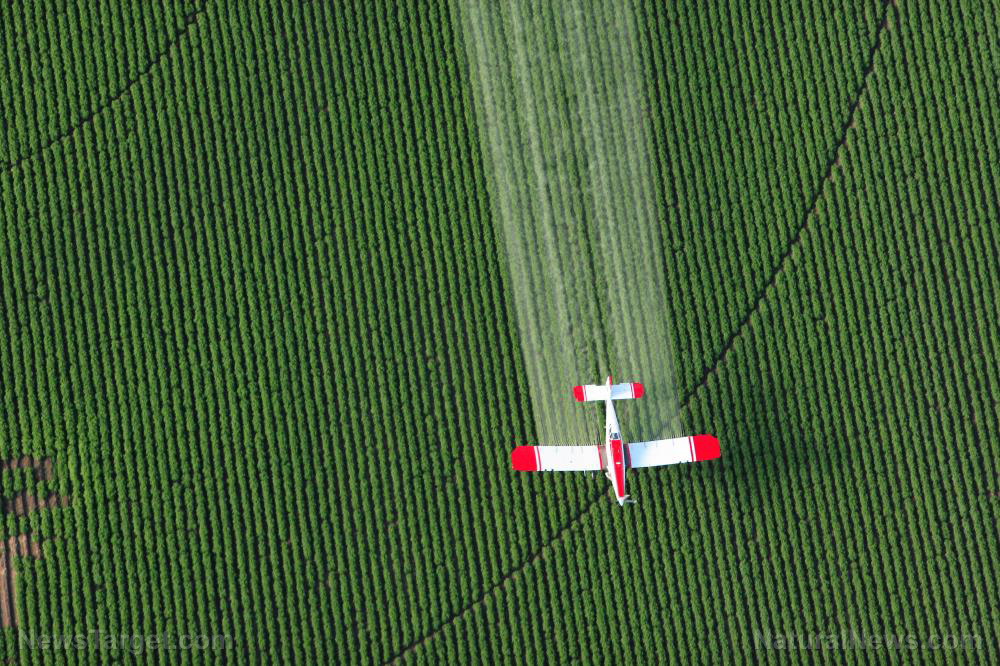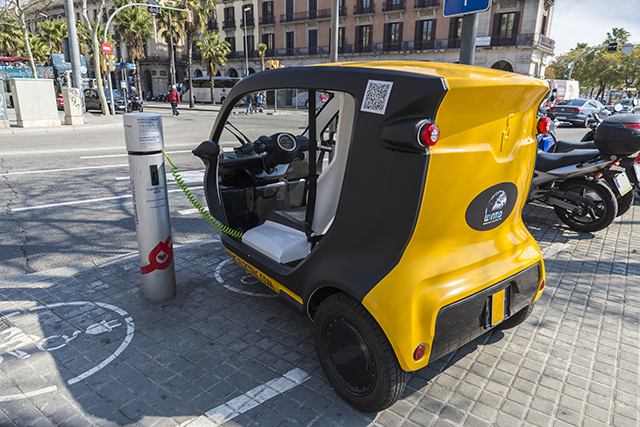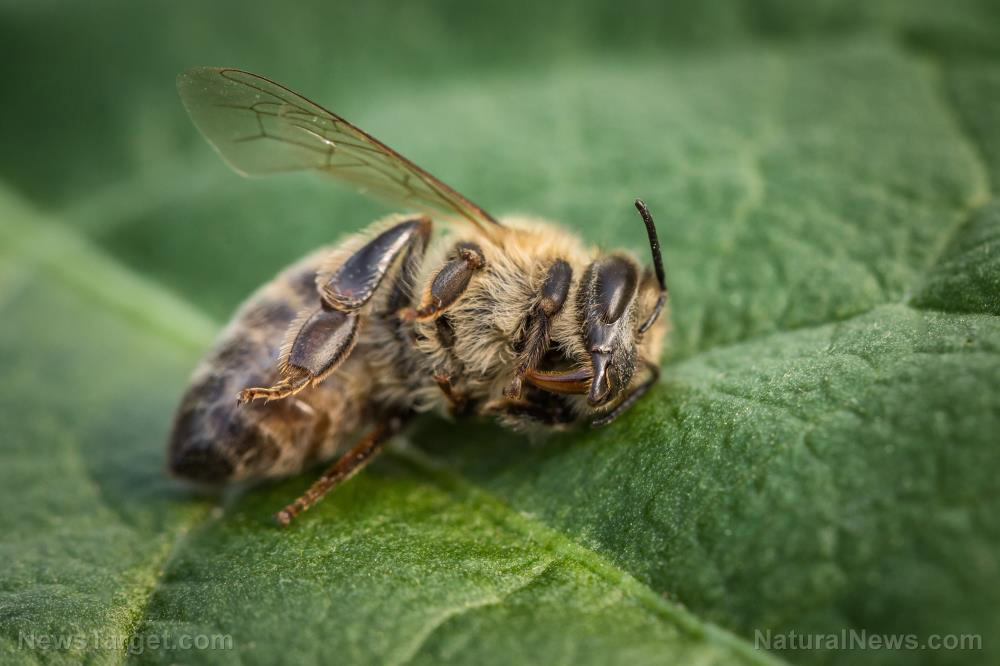Microplastic pollution found near summit of Mount Everest
12/01/2020 / By Divina Ramirez

Scientists from the University of Plymouth in the U.K. recently made a disturbing discovery near the summit of Mount Everest, the tallest mountain on Earth: microplastics.
Microscopic pieces of plastic were found just a few hundred feet short of the peak of the 29,000-foot mountain, at a spot known as the balcony. The scientists collected snow samples from 11 locations on the mountain, all of which contained minuscule plastic fibers.
Their findings, published in the journal One Earth, also showed that samples collected near Base Camp, where climbers spend most of their time, had the highest concentrations of microplastics. However, even the samples collected from a spot almost 28,000 feet above sea level near the summit contained microplastics.
The group also detected microplastics in three of the eight samples of stream water from the mountain. “We’ve known that plastic is in the deep sea, and now it’s on the tallest mountain on Earth,” said Imogen Napper, who led the expedition.
Tallest garbage dump on Earth
The once-pristine Mount Everest now appears to be the world’s tallest garbage dump. Even before Napper and her team’s expedition to the mountain, the Nepali government had removed some 24,000 pounds of trash and four dead bodies from the mountain in 2019. The trash included oxygen cylinders, plastic bottles and batteries left behind by climbers.
But even with all the visible trash gone, Napper and her colleagues still ended up with concentrations of plastic fibers in the snow as high as 119 particles per liter of water in the most contaminated samples. The rest of their samples had an average of 30 plastic particles per liter of water in the snow.

“It really surprised me to find microplastics in every single snow sample I analyzed,” said Napper. She said she has always considered Mount Everest to be remote and pristine, noting that finding microplastics near its peak was “a real eye-opener.”
Napper and her colleagues speculated that the microplastics found in the samples came from materials used to manufacture outdoor clothing, tents and ropes used by trekkers and climbers. However, previous studies show that microplastics can also hitch a ride on swirling air currents. Therefore, it’s possible that air currents carried microplastics up Mount Everest as well.
The impact of microplastics on human health, wildlife and the environment are not well understood. However, previous research has shown that microplastics can accumulate in the tissues of animals and humans upon the ingestion of contaminated food. Chemicals and other pollutants can also leach out of plastic.
Plus, as with microplastics in the ocean, there is no easy way to completely remove them from snow or streams, especially in an almost inaccessible location like the world’s tallest mountain.
Therefore, it would be easier to prevent microplastics from getting there in the first place. For climbers looking to conquer Mount Everest, that would mean cleaning up after themselves, leaving no piece of trash whatsoever.
For the companies that produce outdoor clothing and equipment, that would mean using materials that mimic the durability of plastic minus its harmful impact. “[It’s] time to focus on appropriate environmental solutions. We need to protect and care for our planet,” said Napper.
Microplastics lurking in the deep ocean, embedded in ice
It appears that nowhere is safe from microplastics, not even the 36,000-foot-deep Mariana Trench, considered the deepest point on the planet, or Arctic ice in the northernmost part of Earth.
In 2019, for instance, researchers found that 65 of the 90 crustaceans they sampled from 10,000 feet down the Mariana Trench had microplastics in their guts.
Meanwhile, researchers reported in 2018 that there were millions to tens of millions of microplastic pieces per cubic meter from melted Arctic ice cores. Some of the pieces were similar to the plastic used in paint, fiber and packaging materials. (Related: Microplastic pollution is the REAL threat to our oceans, warn scientists.)
Learn more about the environmental impact of microplastics at Pollution.news.
Sources include:
Submit a correction >>
Tagged Under:
This article may contain statements that reflect the opinion of the author


